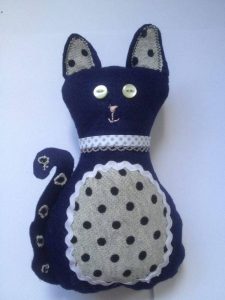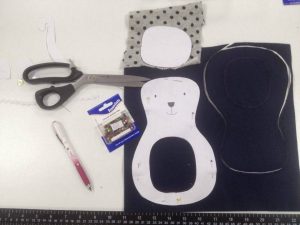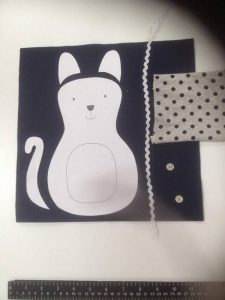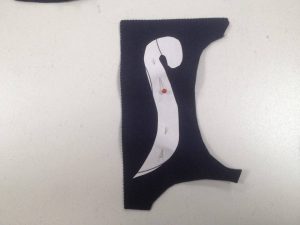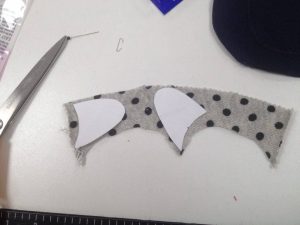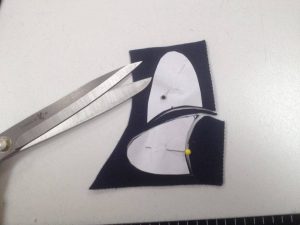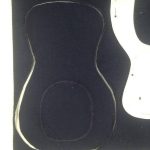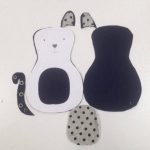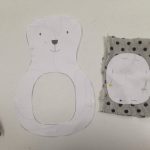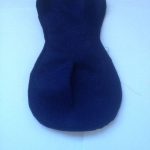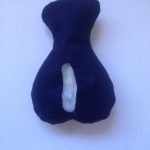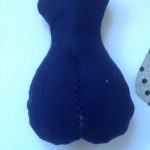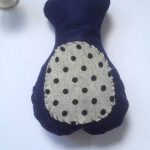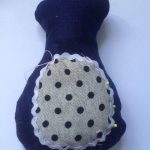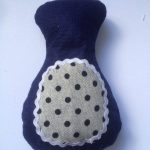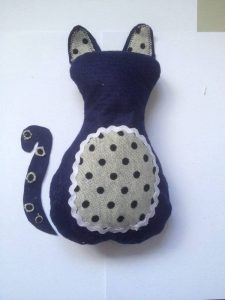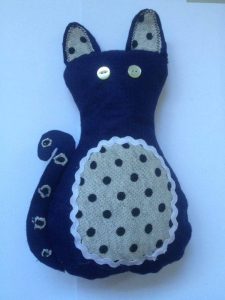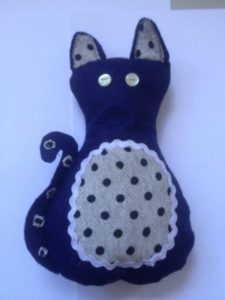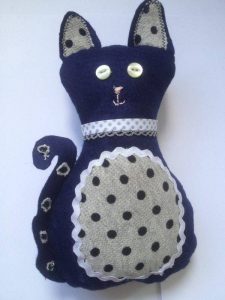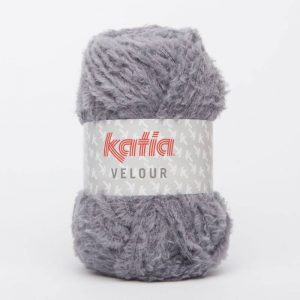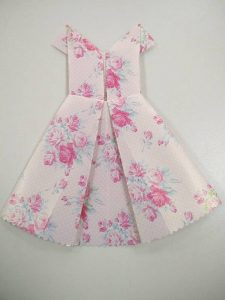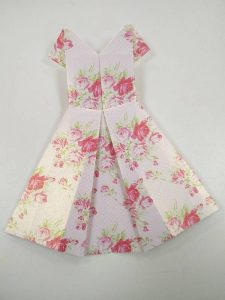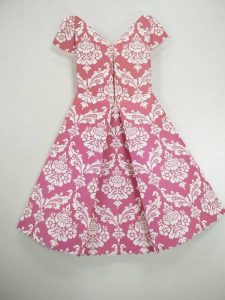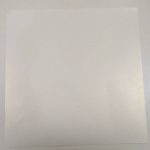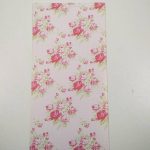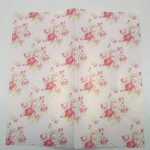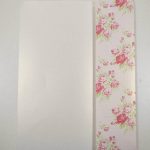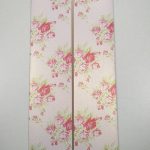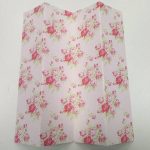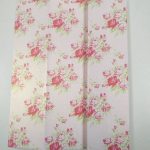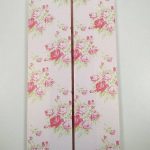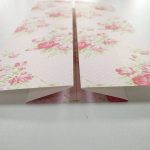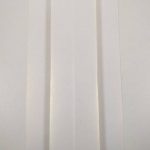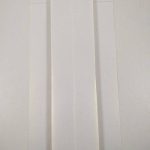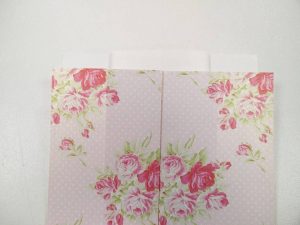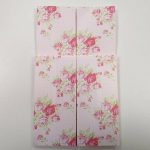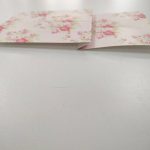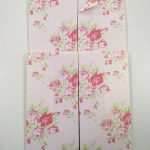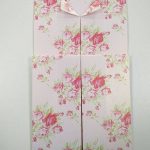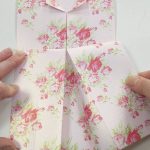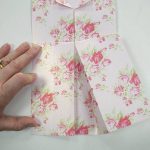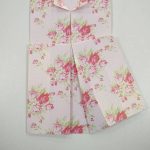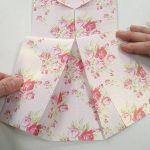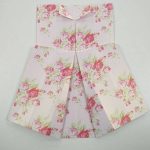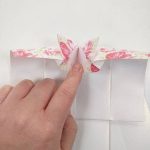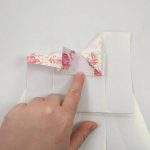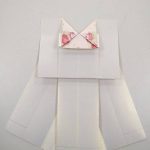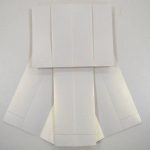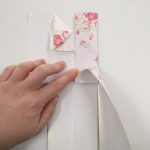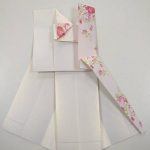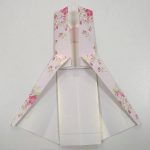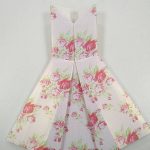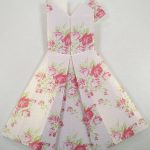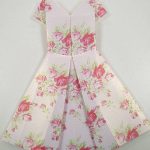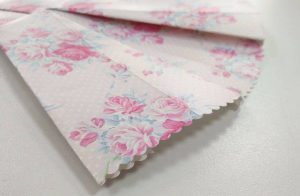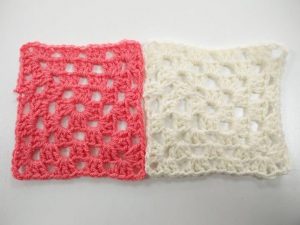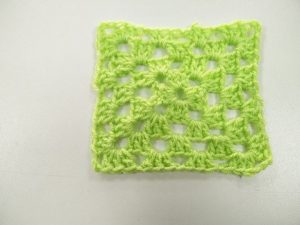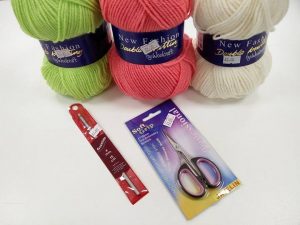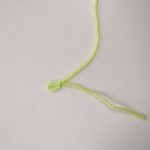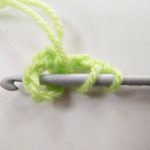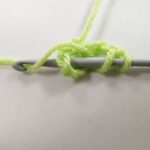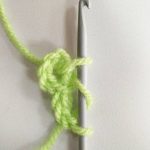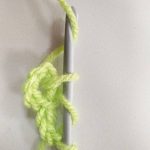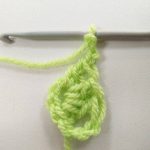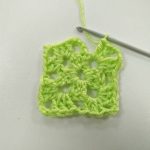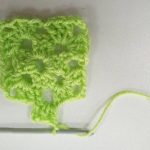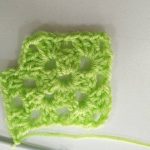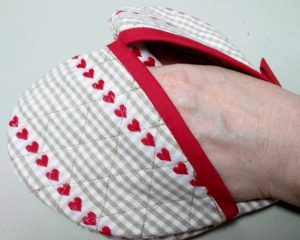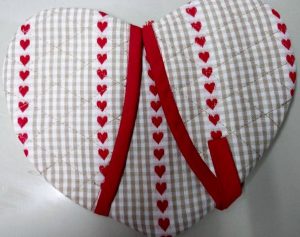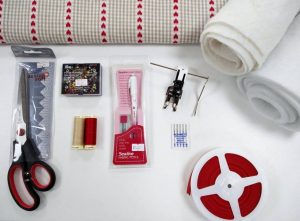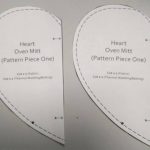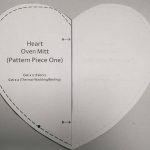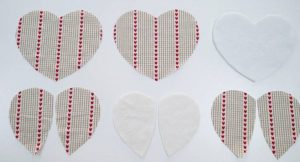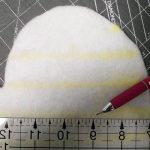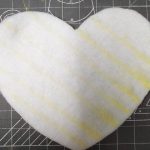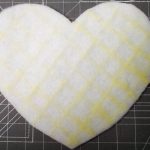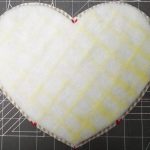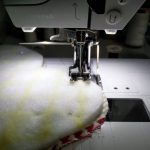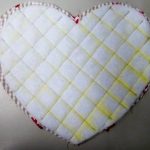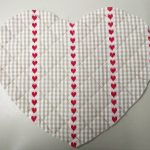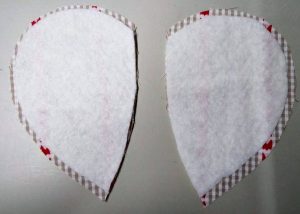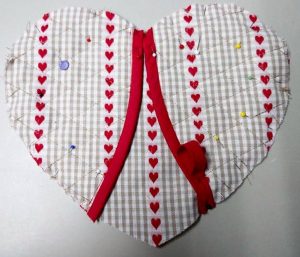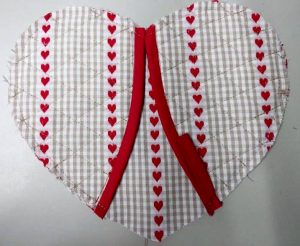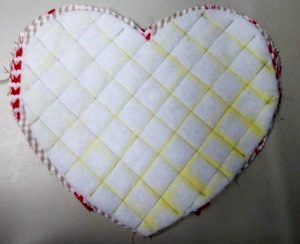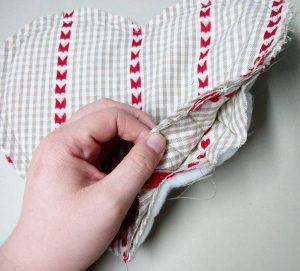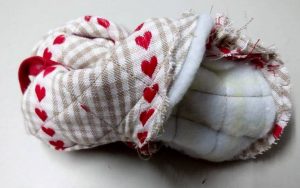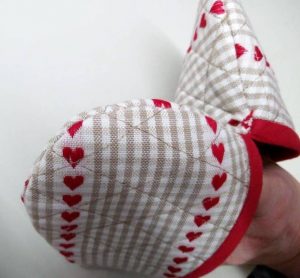For a little while now, I’ve been learning how to crochet and I have to admit, it’s been much easier than I first thought it would be. If you’re wondering about crocheting and want to give it a go, then this week’s Crafty Friday tutorial is a perfect starting point.
We are often asked in the shop about Granny Squares and how to make them, so this week, I wanted to share with you all a very simple way to make one. There are many different variations of Granny Squares, but the one I’m going to show you in this tutorial is very basic and I believe anyone can do it.
I’ve seen a number of people turn a variety of Granny Squares in to a blanket or even a decorative cushion and they look fabulous. This week though I’m just going to show you how to make the basic Granny Square.
- 4mm or 4.5mm Crochet Hook
- Any Double Knitting Yarn
- Scissors
How To Crochet a Granny Square
As with most Crochet Patterns, the Granny Square starts with a Slip Stitch (sst) and a Chain (ch) of stitches. To start the Granny Square make a Slip Stitch (sst) and Chain Stitch 6.
The next step is to make your chain in to a circle. You do this by inserting your hook through the very first chain that you made. You then want to wrap the Yarn Over (yo) and pull it through the first chain and the sixth chain.
You then need to chain another three stitches; this will make the first section of the Treble Crochet Stitch (sounds scarier than it is, believe me J). You’re then going to work two treble crochets stitches.
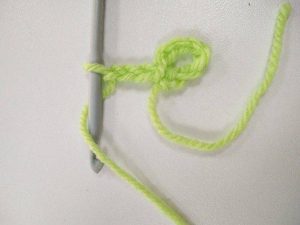
To make the first treble crochet stitch, you’re going to wrap the yarn over your hook, then insert your hook in to the middle of the circle. You then want to yarn over the hook again and pull back through the middle circle. You’ll end up with three loops on the hook.
Wrap the yarn over the hook again and pull through two loops on the hook, yarn over a second time and pull it through the remaining two loops.
Repeat the previous step to create a second treble crochet stitch. You should now have three pieces coming from the circle that you started with. This is your first section completed.
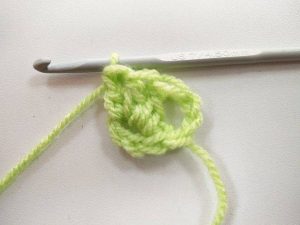
You then need to chain a further three stitches, this is to help create the corner of your Granny Square.
You then want to create three more treble crochet stitches as per the previous steps. You should now have two completed sections with a gap between them.
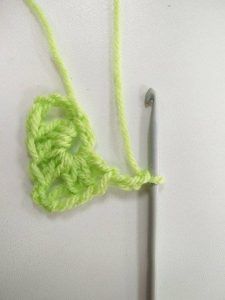 You want to continue in this way for the rest of the round. You’ll create four sections, each consisting of 3 trebles. Remember after the third treble you need to chain three before starting the next set of trebles.
You want to continue in this way for the rest of the round. You’ll create four sections, each consisting of 3 trebles. Remember after the third treble you need to chain three before starting the next set of trebles.
Once you have four sections, you’ll need to finish off the last corner. You’ll do this by making another three chain stitches, then inserting your hook through the third chain from the first section. Wrap your yarn over your hook and pull through both loops, this creates a slip stitch.
You’re then going to expand on that first round of crochet. You’ll start by making a chain of 4 stitches. You’ll then work three treble crochets in to the left-hand corner of the first round.
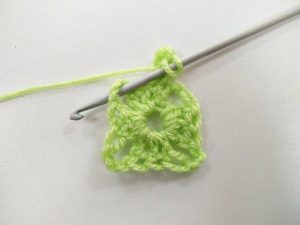
You’ll then need to create the corner again, so make a chain of 3 stitches. You’re then going to work another three crochets in to the same space as the previous step.
Once you have completed on corner of 6 treble crochets, you’ll want to chain one stitch and move to the next gap from round one.
You’ll want to work three treble crochet in to that space.
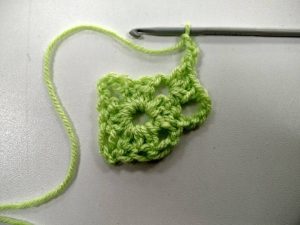
Make a chain of three stitches and then work three more treble crochets in to the same space. So you’ll now have two corners each that have six trebles in them.
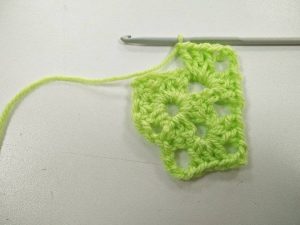
Make a chain of one stitch and then begin making three trebles in to the next gap from the first round.
Chain three for the corner and then create another three trebles in to the same space, now you have three sections in round two each with six trebles.
Make a chain of one stitch and then begin working three treble crochets in the last gap from round one.
Chain three to make the corner.
You don’t need to make three trebles in this final section as the initial chain of four you made at the beginning of the round will count as one of those trebles. So, you’re going to make two treble crochets.
Find the third chain from the first the chain of four you made initially and insert your hook in to it. Wrap the yarn over and pull through both loops on your hook, creating a slip stitch.
For round three, you need to begin with three chain stitches. These stitches count as one treble in the space below them. You’ll need to make another two trebles in the space below.
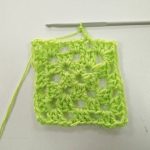
You’re then going to work in the same way as the other rounds:
- Chain one stitch between spaces
- Make three treble crochets in each gap
- Chain three each time you reach a corner
- Working a total of six treble crochets in each corner space
- Join the ends by chaining one stitch and then creating a slip stitch between the last stitch on your hook and the third chain from your initial set.
To begin round four, you’ll chain four and then you’ll work treble crochets in to the next available space. Again, you’ll continue the rest in the same way as the other rounds.
- chain one stitch between spaces
- Make three treble crochets in each gap
- Chain three each time you reach a corner
- Working a total of six treble crochets in each corner space
- Join the ends by chaining one stitch and then creating a slip stitch between the last stitch on your hook and the third chain from your initial set.
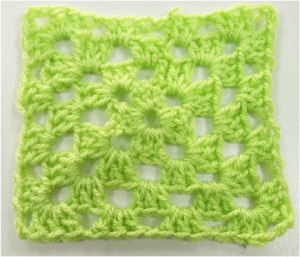
Finish by creating a slip stitch and pulling the yarn tight. This finishes your simple Granny Square.
To make my Granny Square I used a Woolcraft New Fashion Double Knitting 100% Acrylic Yarn (£2.20 per ball – 100g) and an Essential brand 4mm Crochet Hook. Remember you can purchase any of the tools we used in our tutorials at Karen Delahunty Sewing & Knitting Centre.
We hope you enjoyed this little tutorial and (as always :-)) we’d love to see any that you have made too, so feel free to send those to us via social media or our email address karendelahunty@outlook.co.uk
Happy Crafting and Weekend-ing!
